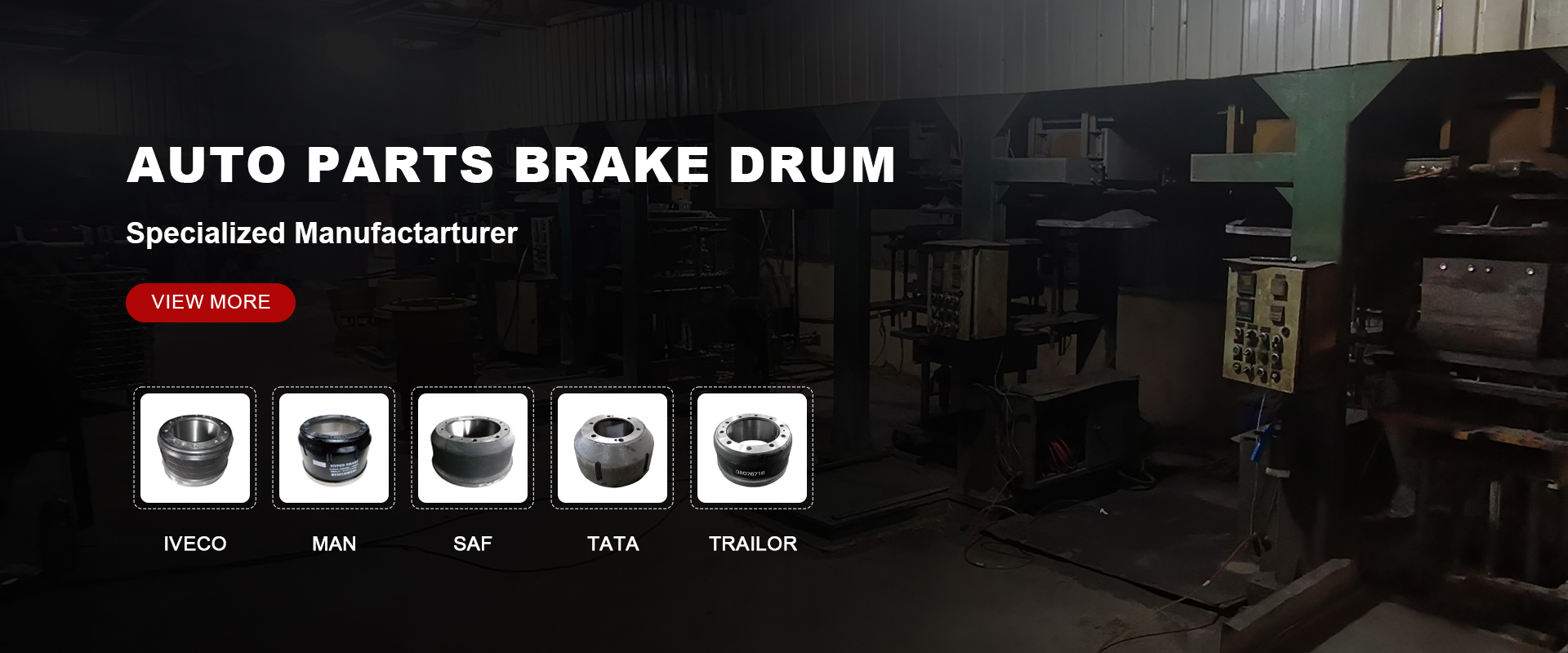Nov . 18, 2024 04:00 Back to list
rear brake drum won't go back on
Troubleshooting Why Your Rear Brake Drum Won't Go Back On
When it comes to maintaining your vehicle, dealing with brake components can be a daunting task, especially when you face the frustrating issue of not being able to reinstall the rear brake drum after performing maintenance or repairs. This article will help you understand the potential reasons behind this problem and guide you through troubleshooting steps to resolve it.
Understanding the Brake System
Before diving into troubleshooting, it's essential to grasp the basics of how the brake system works. The rear brakes may feature either drum or disc components, but for this discussion, we will focus on rear brake drums. The brake drum encases the brake shoes, which press against the drum to create the necessary friction for slowing down or stopping the vehicle.
Over time, brake components can wear, and dirt or debris can accumulate, making it challenging to reinstall the drum after maintenance.
Reasons Why the Rear Brake Drum Won't Go Back On
1. Shoe Adjustment Issues One of the most common reasons the brake drum won't fit back onto the assembly is related to the adjustment of the brake shoes. When you remove the drum, the brake shoes may expand due to the lack of pressure from the drum itself. If they aren't adjusted back into their original position, the drum won't fit over them.
2. Corrosion and Dirt Buildup Brake components can accumulate rust and grime over time, which can lead to uneven surfaces and prevent the brake drum from sitting properly. Cleaning the components thoroughly, including the inside of the drum and the area where it fits over the shoes, is crucial.
3. Incorrect Installation of Components If you've disassembled the brakes without proper documentation or guidance, you may have incorrectly reassembled parts like the springs, retainers, or other components. Ensuring that everything is in the right place and correctly installed can simplify the process of reinstalling the drum.
4. Drum Warpage Overheating from excessive braking can cause the brake drum to become warped. If the drum is not perfectly circular, it may not fit over the shoes correctly. Inspect the drum for any signs of warpage or damage that may require it to be machined or replaced.
5. Overly Thick Shoe Linings If you've replaced your brake shoes with aftermarket parts, they might be thicker than the original equipment manufacturer (OEM) parts. This added thickness can cause the drum not to fit. Checking the thickness against specifications can help you determine if this is the issue.
rear brake drum won't go back on

6. Use of Wheel Spacers or Incorrect Wheel Offset If any modifications have been made to your vehicle, like adding wheel spacers or changing the wheel offset, it can affect the alignment of brake components. Ensuring that the proper parts are used for your specific vehicle model is essential.
Troubleshooting Steps
1. Adjust the Brake Shoes Use the adjuster mechanism to pull the brake shoes back into their narrower position, allowing the drum to slide over them more easily.
2. Clean Components Use brake cleaner to remove any dirt, dust, or corrosion from the drum, shoes, and backing plate. This can help ensure a smooth fit.
3. Inspect for Damage Check the brake drum and shoes for signs of damage or excessive wear. If necessary, have them machined or replaced.
4. Check Assembly Review your assembly to ensure everything is in its correct place and hasn't been reassembled improperly. Consult a repair manual for guidance specific to your vehicle.
5. Comparison with OEM Parts If you've installed new shoes, compare them to the OEM specifications to ensure the thickness is within acceptable limits.
6. Seek Professional Help If after these troubleshooting steps you still cannot reinstall the drum, it may be advisable to consult with a professional mechanic to diagnose and resolve the issue.
Conclusion
Reinstalling a rear brake drum may initially seem like an overwhelming task, particularly when it refuses to fit back in place. However, by systematically diagnosing and addressing potential issues, you can overcome this challenge. Always prioritize safety when it comes to brake systems, and never hesitate to reach out for professional assistance if needed. Proper maintenance and attention to detail will ensure your vehicle remains safe and functional on the road.
-
Brake Drum Man - High-Quality Drum Brake Drums & Brake Shoes for Reliable Performance
NewsJun.24,2025
-
High-Quality Brake Drum Kamaz – Durable Drum Brake Drum & Brake Shoe Replacement
NewsJun.10,2025
-
High-Quality Brake Drum Liza for Drum Brake Systems - Superior Durability and Performance
NewsJun.10,2025
-
High-Quality Brake Drum Kamaz – Durable Drum Brake Drum & Brake Shoe Solutions
NewsJun.10,2025
-
Durable Kamaz Brake Drums High-Performance Truck Parts
NewsJun.09,2025
-
Premium Brake Drum Maz Kit with Shoes Enhanced Braking
NewsJun.09,2025
